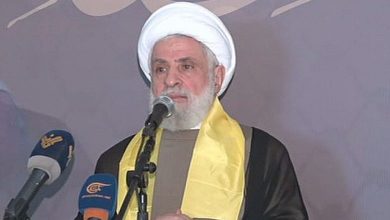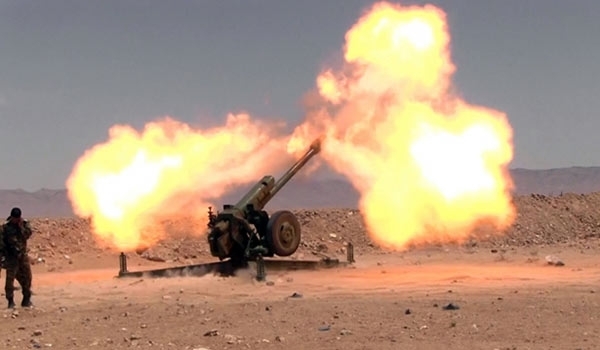Saudi Arabia, UAE falling out over Yemen aggression


Reports and indications on the ground point to emerging disagreements between Saudi Arabia and the United Arab Emirates (UAE) over the war on Yemen.
Saudi Arabia has been leading a number of its vassal states — including the Emirates — in more than two years of a war on Yemen to bring its former Saudi-allied government back to power.
The Emirates has had reason to grow disgruntled. It has suffered massive casualties in the Saudi-led war, which has since March 2015 killed over 12,000 people.

Additionally, the former Yemeni government’s president, Abd Rabbuh Mansur Hadi, a radical Riyadh ally, recently sacked two of his point men over their reported alignment with the UAE.
The men, Hadi’s governor for Yemen’s port city of Aden, Maj. Gen. Aidarous al-Zubaidi, and his state minister Hani bin Breik, reacted by breaking ranks with Hadi — and by extension with Saudi Arabia — and forming an autonomous regional body in southern Yemen.
Maj. Gen. Nasser Ali al-Nawbah, a notable figure in Hadi’s circle, has accused the men of setting up secret liason with the Emirates, buying arms from it and forming military units to harm Hadi.
Yemen’s barakish.net news outlet reported on Saturday that Riyadh had “invited” the men to the Saudi capital upon the declaration of autonomy to discuss with them “the latest developments in Aden Province.”
Any party that takes full control of Aden or the nearby Bab el-Mandeb Strait could start using one or both to change the regional economic patterns. This, observers say, could be carried out by exercising authority over the waters off Yemen’s coast. The Emirates could boost its economic hub of Dubai, and Saudi Arabia could improve its port city of Jeddah, each to the disadvantage of the other.
It also threatens to affect the standing equations in the momentous regional Arab grouping of the [Persian] Gulf Cooperation Council ([P]GCC).




